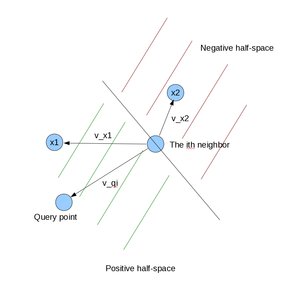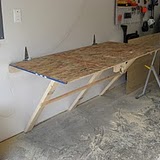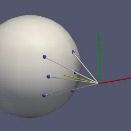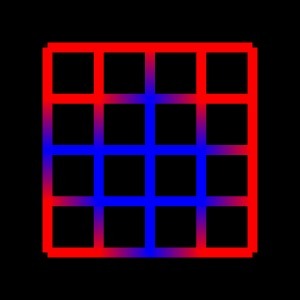Computational Ferrying: Challenges in Deploying a Mobile High Performance Computer
Mobile devices are often expected to perform computational tasks that may be beyond their processing or battery capability. Cloud computing techniques have been proposed as a means to offload a mobile device’s computation to more powerful resources. In this paper, we consider the case where powerful computing resources are employed on a vehicle, thus they







































































